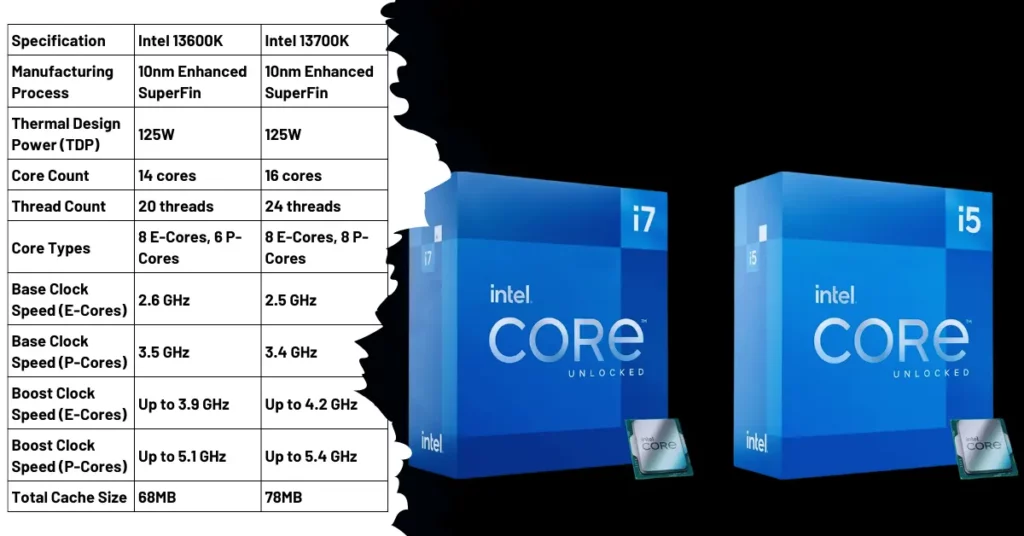AMD Zen 4c cores are a new variant of the Zen 4 microarchitecture that AMD introduced in June 2023 for its EPYC server and edge processors. Zen 4c stands for Zen 4 compact, as these cores are designed to be smaller and more power-efficient than the standard Zen 4 cores.
AMD claims that Zen 4c cores have the same IPC (instructions per cycle) and functionality as Zen 4 cores, but they can fit in about 35% less area on the chip die.
Contents
Why Did AMD Bring Zen 4c Cores to Laptops?
AMD realized that Zen 4c cores can offer some advantages for laptops, especially for thin-and-light models that have limited power and cooling budgets. According to AMD, Zen 4c cores can deliver the same performance as Zen 4 cores while consuming less power at levels below 15W.
This means that laptops with Zen 4c cores can run longer on battery and generate less heat. AMD also said that Zen 4c cores can enable more scalability and flexibility for its mobile Ryzen processors.
With Zen 4c cores, AMD can either increase the core count in its premium laptop chips or offer different entry-level SKUs that were not possible before.
PC Gamer shared a post on Twitter:
AMD swaps Zen 4 cores for Zen 4c in two new entry-level laptop APUs stating ‘no human being would ever know the difference’.
Full story: https://t.co/5xheDp1jLx pic.twitter.com/5w6BpR7vlT— PC Gamer (@pcgamer) November 2, 2023
Which Laptop Processors Use Zen 4c Cores?
AMD announced that it will use Zen 4c cores in two new entry-level laptop processors: the Ryzen 5 7545U and the Ryzen 3 7440U. These chips will replace the previously announced Ryzen 5 7540U and the Ryzen 3 7440U, respectively.
The new processors will have the same specs as the old ones, except for the core configuration. The Ryzen 5 7545U will have two Zen 4 cores and four Zen 4c cores, while the Ryzen 3 7440U will have one Zen 4 core and three Zen 4c cores.
Both chips will have 22MB of cache and Radeon 740M integrated graphics. AMD also revealed that it has already used Zen 4c cores in its Ryzen Z1 series, which is designed for handheld PC gaming devices, such as the Asus ROG Ally and the Lenovo Legion Go. The Ryzen Z1 chips have four Zen 4c cores, 16MB of cache, and Radeon 720M integrated graphics.
Check out some other new content we’ve published:
- AMD Launches Radeon RX 7900M Laptop GPU With the New Alienware M18
- Intel Arc A580: A New Mid-Range GPU for Gamers and Creators
How Do Zen 4c Cores Compare to Intel’s E-cores?
Intel’s E-cores are another type of small and efficient core that Intel introduced in its 12th Gen Alder Lake processors. However, AMD said that Zen 4c cores are not the same as Intel’s E-cores, because they have different architectures and implementations.
Unlike Zen 4c cores, which share the same microarchitecture as Zen 4 cores, Intel’s E-cores use a different microarchitecture from Intel’s P-cores, which are the performance cores in Alder Lake. This means that E-cores have lower IPC and different instruction sets than P-cores.
Intel’s E-cores also lack simultaneous multithreading (SMT), which allows each core to run two threads at the same time. Moreover, Intel’s E-cores require a hardware scheduler called Thread Director to manage the workload distribution between E-cores and P-cores, while Zen 4c cores do not need any special hardware or software to work with Zen 4 cores.
AMD also claimed that Zen 4c cores can handle any type of workload, including gaming, without compromising performance, while Intel’s E-cores can struggle with some latency-sensitive tasks, such as gaming.
Conclusion
AMD Zen 4c cores are an innovation from AMD that aims to improve the power efficiency and scalability of its laptop processors. Zen 4c cores are smaller and more power-efficient versions of Zen 4 cores, but they have the same IPC and functionality.
AMD will use Zen 4c cores in its entry-level Ryzen 7040U laptop chips and its Ryzen Z1 handheld gaming chips. Zen 4c cores are different from Intel’s E-cores, which have lower IPC, different instruction sets, no SMT, and require a hardware scheduler. Zen 4c cores can handle any workload, including gaming, without compromising performance.

